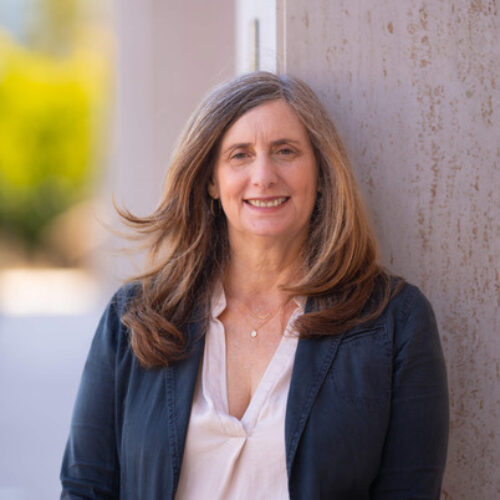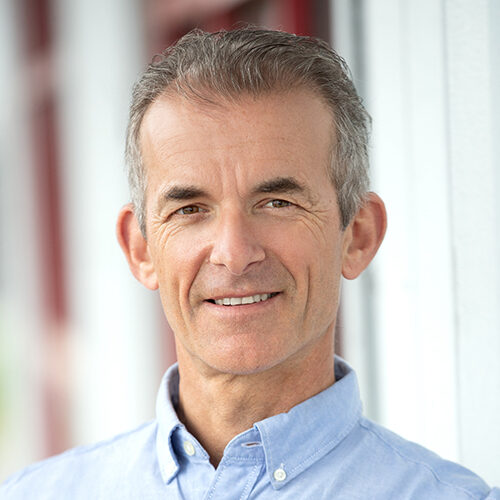This session explores ways that qigong, a Chinese energy cultivation practice, can deepen our embodied presence. There is discussion, intention-led movement and meditation to help ground our awareness, free up blockages and discover ways to open to our natural vitality. All levels of experience and abilities welcome, and options for limited mobility and seated qigong are shared.
Mimi has also kindly answered a couple of questions we didn’t have time to get to during the session:
Q: How relaxed should the pelvic floor be during practice? And also, how can I find a great in-person Tai Chi teacher where I can learn the forms – I’m in SE London and I don’t know where to start looking.
A: Pelvis floor can be relaxed throughout most of the practice, but for the Monkey Steels Earth Energy, it is lifted as the hands lift, then released as the hands release. For Tai Chi teachers in SE London, I’m afraid I don’t know any good recommendations as the teachers I know are in North London.
Q: When doing the monkey and other forms, do we sink the shoulders?
A: The shoulders rise when in the Monkey form as you steal Earth qi, then they sink and lower when we release the Earth qi and give it back.







Discussion